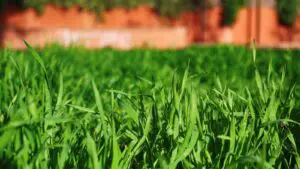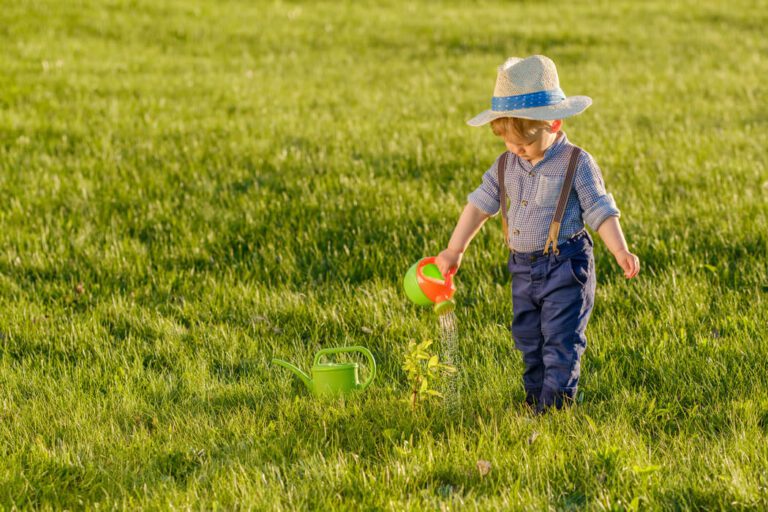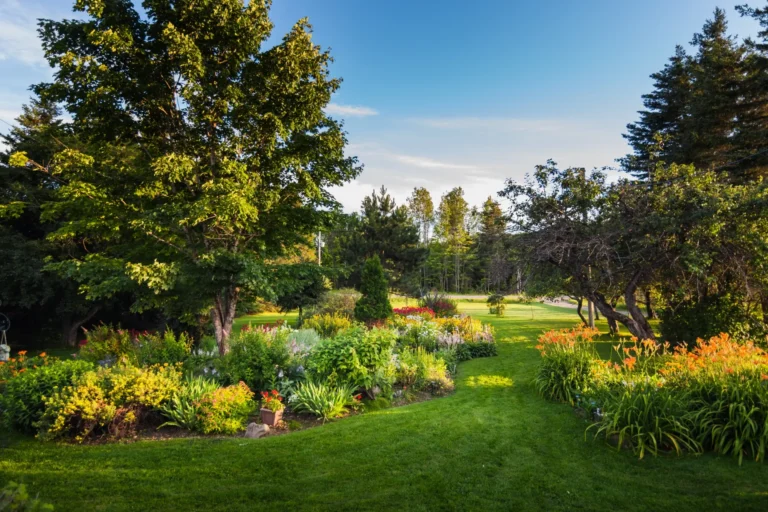The Complete Guide to Watering Your Colorado Lawn
A healthy green rocky mountain lawn doesn’t have to be mystical or imaginary. With a little help from us, your lawn can be the talk of the neighborhood this summer.
What Causes Brown/Tan Lawns?
- Daily temperatures of 80-90°(Grass Prefers temps in the 70° range) cause some grasses to shut down
- Fast drying soil
- Dramatic humidity, temperature, and weather fluctuations
- Cutting grass too short
- Underwatering your lawn
When Should I Start Watering My Lawn?
You should be watering your lawn all year long, but your Summer watering routine should begin in June and extend until September. You can see the guidelines for the rest of the Seasonal Watering below. It is important that during the summer months, you water consistently and at the right time of day. The best time to water grass, especially in the 90°+ weather, is in the early morning before 9am. Remember that you should also be watering when there is low to no wind.
| Season | Months | Guidelines |
| Late Winter | January, February | Use hose and water once per month if we are getting minimal snowfall. Water on days 50 degrees or warmer when there is no snow cover and wind is nonexistent. Apply mid-day so water can soak in before possible freezing at night. |
| Spring | March, April, May | Use hose and water each area for 45-55 minutes. It is best to do this when temperatures are above 50 degrees when there is no snow cover and wind is nonexistent. Apply early morning before 10am to reduce evaporation. Once you have activated your irrigation system: Water at least 2 times per week using a “cycle & soak” (see below) method of watering to minimize waste due to runoff. Water a total of 25-30 min for fixed, pop-up heads and 45-50 per zone for rotating heads. |
| Summer | June, July, August, Early September | Water using the “cycle & soak” method 2-3 times per week. Monitor your lawn and look for “hotspots” or dry areas. Adjust nearby heads or timers to ensure good coverage. |
| Fall | Late September, October | Water 2 times per week, depending on temps and rainfall. Monitor your lawn to determine its watering needs. *Drain backflow on your irrigation system if overnight freeze is in the forecast and if you have not yet had your irrigation system blown out for the winter. |
| Late Fall/ Early Winter | November, December | *Your irrigation system should be blown out to prevent winter damage. Use hose and water once per month if there is low snowfall or days above 50 degrees when there is no snow cover and wind is nonexistent. Apply mid-day so water can soak in before possible freezing at night. |
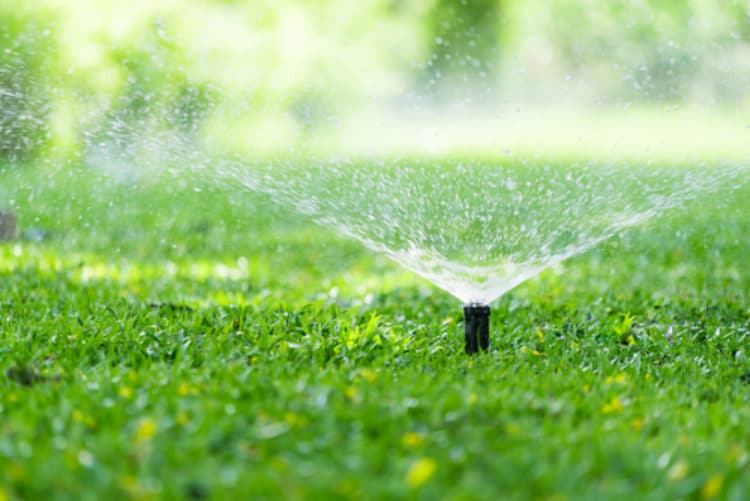
What Watering Method Should I Choose?
There are three primary ways to water your lawn: a basic hose, sprinkler systems and drip systems.
Basic Hose
Almost everyone has a basic hose in their yard, and while this can be used for watering, you may induce run-off into the street. It’s also easy to miss some spots, while overwatering others.
Sprinkler Systems
Overhead Sprinkler Systems can keep your watering consistent both in timing and in coverage. There are a variety of sprinkler head styles that are commonly used that will dictate actual watering time, however, integrated sprinkler systems are extremely common in suburban areas. The benefit in using these types of systems is that you can automate everything for the majority of the year.
Drip Style
Lastly is Drip style systems which work underground and are commonly found as a part of an integrated sprinkler system. The drip style can save water, due to the lack of evaporation that you see in sprinkler systems. However, the tubing can cause the soil to become less fertile, so that is why they are not widely used for lawns but instead for gardens and flower beds.
It should also be noted that newer trees should be watered with direct hose drips or soaker hoses once every few weeks.
The style of watering depends on your home, lifestyle, and what is convenient for you, but you should ensure you’re using a “Cycle and Soak” schedule.
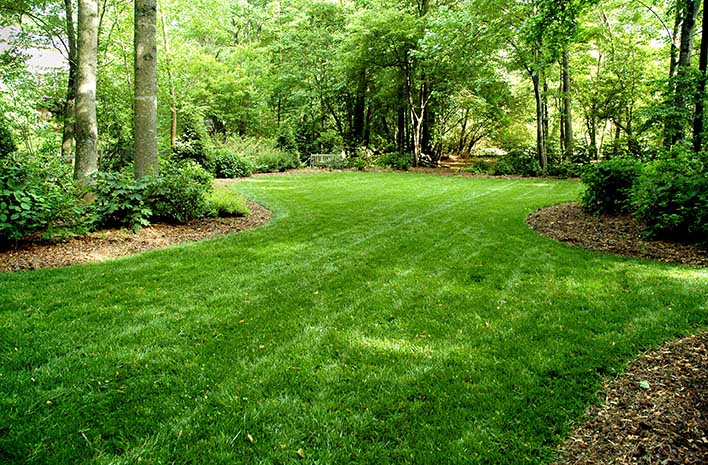
The Cycle & Soak Method: How Long Should You Water Your Lawn Per Zone?
The Cycle and Soak Schedule allows water to deeply penetrate soil without causing water runoff. This method differs from a usual watering schedule by spacing out the watering. To use this method, divide your total watering time by 3. Water your turf in three short intervals, all in the same morning. Every type of watering should have different cycle times:
- Rotor Heads: 15 Minutes
- Stationary Pop Ups: 8 Minutes
- Low Volume MP Rotator Heads: 30 Minutes
Note that these are averages, and your individual lawn may require different times. You should also water shaded or places with low drainage for shorter times.
If you’re in an area with quick drying soil or thin lawns, crabgrass and weeds are most likely to pop up as you water. These plants love the heat and you most likely won’t notice them until they’ve already filled your lawn. While we do offer weed and crabgrass treatment to help with this if it happens, penetration watering should help guard your lawn from these pests.
How Often Should I be Watering My Grass?
You should be watering your turf 2-3 times a week, in normal areas of your lawn. Twice a week is generally fine during the Summer months, and is in accordance with Colorado Springs watering restrictions. You should water three times a week in dry spots or if you have particularly dry soil. Dry soil usually consists of higher sand content or southern exposure, thus making it a prime candidate for the Cycle and Soak method for deep water penetration. Following proper watering schedules enables your water to soak in 4-6in, ensuring healthy root growth while reducing weed growth and disease.
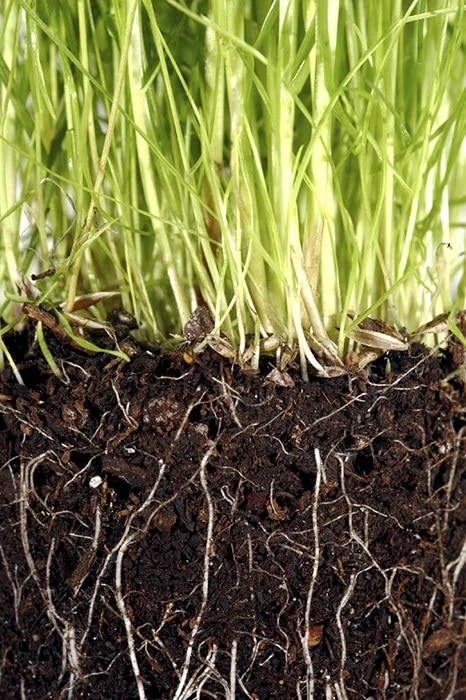
Are All of These Guidelines Important?(TL;DR)
In the short answer, Yes, and here’s why:
- Watering during early morning minimizes risk for disease and minimizes evaporation
- Proper watering is key for your lawn’s health
- Deep watering ensures healthy root growth
- Overwatering can cause shallow roots, unhealthy grass/plants/leaves, and makes your grass and foliage prone to weeds and disease.
- Cycle and soak watering limits runoff and allows deep water penetration
- Splitting watering between day and night can allow weeds to germinate
- Colorado Springs has watering restrictions to limit watering to three times a week most years so do check with your local water company for your specific area’s guidelines.
How am I supposed to Remember All of That?
We know that we just gave you a lot of information, and that during the summer, your grass is the last thing you want to think about. Get out and enjoy time with your family, and let us handle your summer lawn care.


